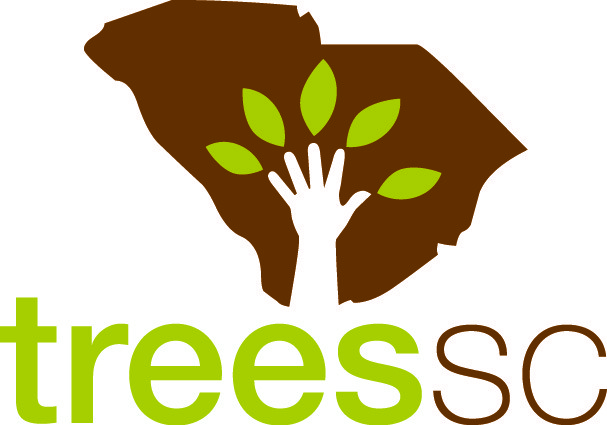
If you are a regular reader of this column, you know that I am guilty of the occasional rant about how trees contribute to our society; environmentally, medically, psychologically and monetarily. Shoot, in the last edition of The Acorn, I even pontificated that trees are art forms. Today, you get a slight respite from my usual treevangelismas I discuss some very utilitarian, if slightly off the beaten track, uses of trees. We’ll step back in time, look toward the future and jog in place.
Most South Carolinians know why the Sabal palmetto is designated as the state tree. Before the start of the American Revolution, Francis Marion, the Swamp Fox., and other patriots under the command of General William Moultrie repelled a British invasion from a hastily built fort on Sullivan’s Island. The fort built of palmetto logs and sand easily absorbed the hails of cannonballs and the missiles fell harmlessly to the ground. Because of its crucial role in thwarting King George’s flotilla and troops, a Sabal palmetto was added to the state flag in later years. To further protect itself from British cannons, Charlestonians supplemented a brick barrier wall with a screen of palmetto logs that extended from what is now Calhoun St. to High Battery, approximately one mile.
Charleston has always been an Atlantic seaport that shipped goods to the rest of the world. As such, its many wharves that reached into the Cooper River were a major contributor to the city’s livelihood. From the 1600’s to the Civil War, these wharves were constructed of palmetto logs. Rafts of palmettos would be floated in, assembled into log-cabin-like structures and sunk, with ballast stones into the pluff mud. This practice endured until the advent of concrete. Historian for the Charleston County Public Library Dr. Nick Butler, writes about this subject and much more in the library’s website https://www.ccpl.org/charleston-time-machine/charleston-palmetto-city
Not just shipping companies but ship builders had a deep appreciation for trees along the coastal plain of the U.S. Southern Live Oak trees were valued by northern ship builders for their strength under pressure, resistance to rot and natural curvature which superbly served as structural ribs in ships’ hulls. Southern Live Oak was prized by the United States government and used in the construction of the USS Constitution (Old Ironsides) and others.
Shipbuilders sent teams of lumberjacks to harvest the Southern timber and, indeed, they nearly decimated the resource. The invention of steel hulled ships may have saved our coastal forests and this beloved icon.Live Oaking: Southern Timber for Tall Ships, a book by Virginia Steele Wood chronicles this interesting piece of American history.
Peek into the future in this article for “Inside Science” https://tinyurl.com/y48n9c8h. Staff writer, Dr. Yuen You writes about recent experiments that investigate ways to make wood more see-through. By steaming in hydrogen peroxide rather than boiling, wood products become more transparent and stronger. A bonus is that the steaming process is more environmentally friendly than boiling. Clear structural beams, greenhouses of shatter resistant siding are just two of the products we could soon see.
Tracts of potentially harvestable trees have been used as wedding gifts, birthday gifts, investments and heritage. Local foresters tell of clients who planned a timber harvest so that it could pay for a child’s college education. Rather than profit monetarily, another landowner converted some of her timber plots to a nature preserve. Others continue the South Carolina tradition of using their land for business and pleasure. They log certain sections at the appropriate time while conserving the balance of their land for recreation.
Readers of The Acorn usually think of urban forestry as it relates to the trees growing where we live, work and play. We think of traditional forestry as the supplier of building materials, furniture and paper products that enable us to live comfortably in our communities. Throughout our history, trees have protected us, propelled us and provided for us whether they were growing in our community or brought in to help it grow.

Recent Comments